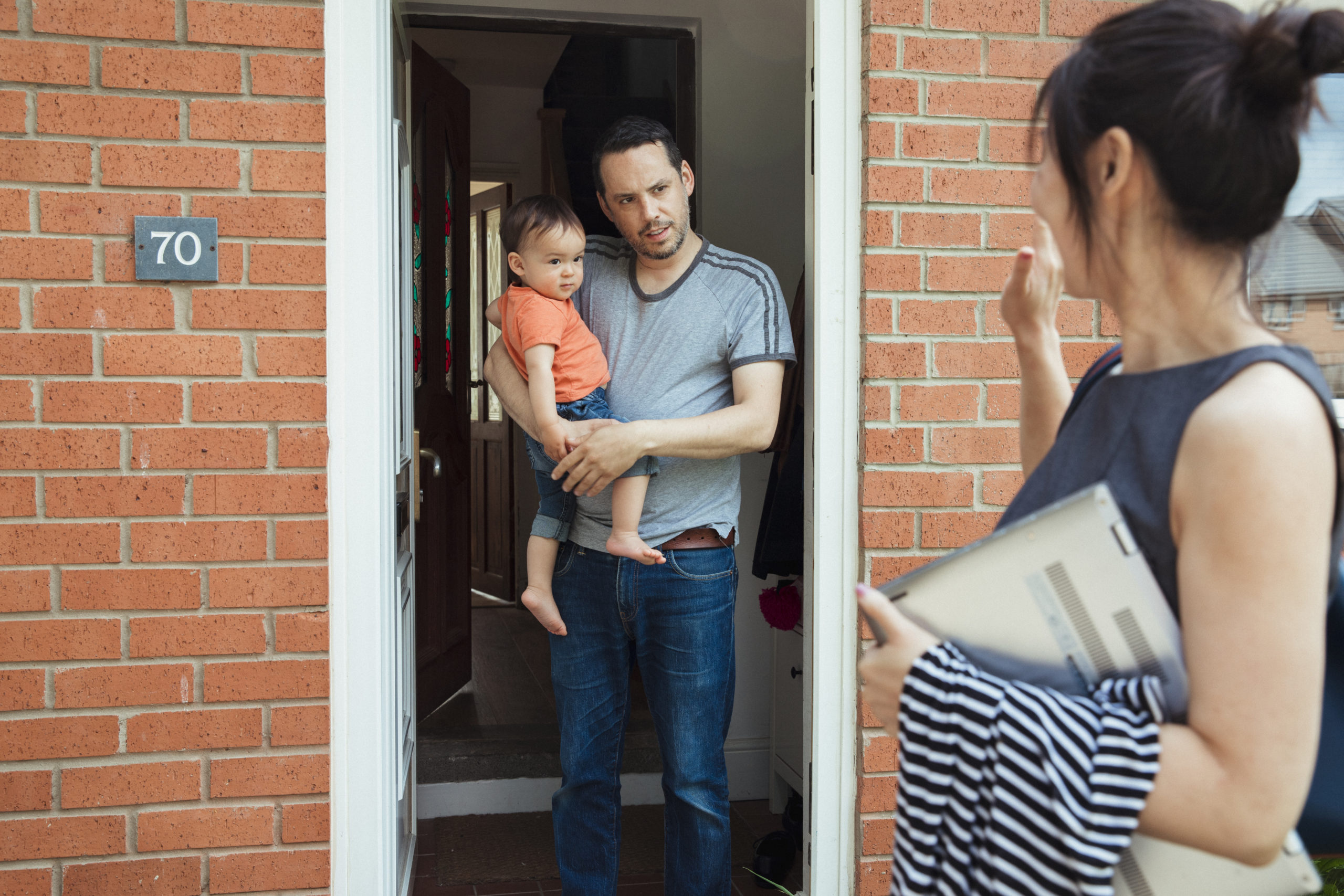Co-parenting on TV looks so easy, doesn’t it? In an episode of This Is Us, Kevin is living in his ex’s garage apartment in order to stay close to their twins. At first, all is well. They are operating like a well-oiled machine. Then his ex, Madison, hosts a book club and one male guest stays late into the evening. Kevin doesn’t handle seeing Madison with another guy very well and he realizes being so nearby might not be as easy as he first thought it would be. It hits him that his kids aren’t going to have a childhood like his, with Mom and Dad together in the next room.
Every co-parenting arrangement is different and having your ex living in the garage apartment is probably far from your situation. But the goal should remain consistent: When parents can work together with a co-parenting plan, children reap healthy outcomes. Is this possible between you and your children’s father? I believe it can be. Will it be easy? Not always—but because you love your children and would do whatever it takes for them to flourish, I bet you’re willing to make the effort. So check out these 5 co-parenting styles and what to do when co-parenting doesn’t seem to be an option.
The Different Styles of Co-Parenting
Pulling from my friend Tammy Daughtry’s book Co-Parenting Works!, here are five examples of ways parents can (or won’t) work together and the effect it has on their children:
Perfect Pals
High communication/high interaction. This can be confusing to the child because parents act like they are married but live in separate homes.
Cooperative Colleagues
High communication/moderate interaction. Of the co-parenting styles, this one is best overall for the child.
Angry Associates
Low communication/moderate interaction. When co-parents are Angry Associates, it can be extremely tense and instill fear into the child.
Fiery Foes
Low communication/low interaction. This co-parenting style is extremely stressful for children because when parents do talk, it usually results in arguing.
Dissolved Duos
No interaction or communication between parents. This often leads to parentification, which is when the child ends up parenting the adult and not having his or her own needs met.
Where do you currently find yourself on this scope, and is there room for improvement? I once heard a great quote from Ron Deal, director of Family Life Blended: “Healthy co-parenting is separating what’s personal from what’s parental.” It’s hard to separate emotion from responsibility in this sort of situation. Still, when parents can put their differences aside for the greater good of their children, it creates a safe and secure environment for the children to thrive. That is an ideal circumstance, but not everyone has that luxury.
When parents can put their differences aside for the greater good of their children, it creates a safe and secure environment for the children to thrive. Click To TweetWhen Co-Parenting Doesn’t Seem to Be an Option
It can be quite frustrating and infuriating when the other parent doesn’t want to work with you—especially in the beginning. It’s times like these when maintaining a calm spirit and sound mind is extremely important, for you and your children. Here are a few quick tips when you seem to be hitting a wall.
Keep your side of the street clean.
You cannot change or control the other parent, but you do have complete control of how you react. Kids can pick up on tension easily, so do your best to help them transition peacefully—even if it means making sacrifices along the way.
Stay on topic.
Boundaries are essential in single mom life, so set this boundary ahead of time. If you tell yourself you’re not going to veer from the issue at hand, you’ll be more likely to react in a civil and peaceful way. Stick to the game plan of separating the personal from the parental, and protect yourself and your children by walking away from an argument before it begins.
Fight well.
If there is a court order in place, use it when necessary. Don’t bring up the past, and meet at a neutral location and/or bring a third party with you. This isn’t meant to one-up the other parent, but it’s good wisdom to ensure the relationship with your children remains healthy.
Focusing on healthy co-parenting can be hard sometimes, especially when it’s not reciprocated. Hang in there and remember why you are doing it. Your decision to do so now will not only strengthen you as a mother but also help your children through the examples you set.
Which co-parenting style best describes your relationship and how do you deal with the obstacles you encounter?










